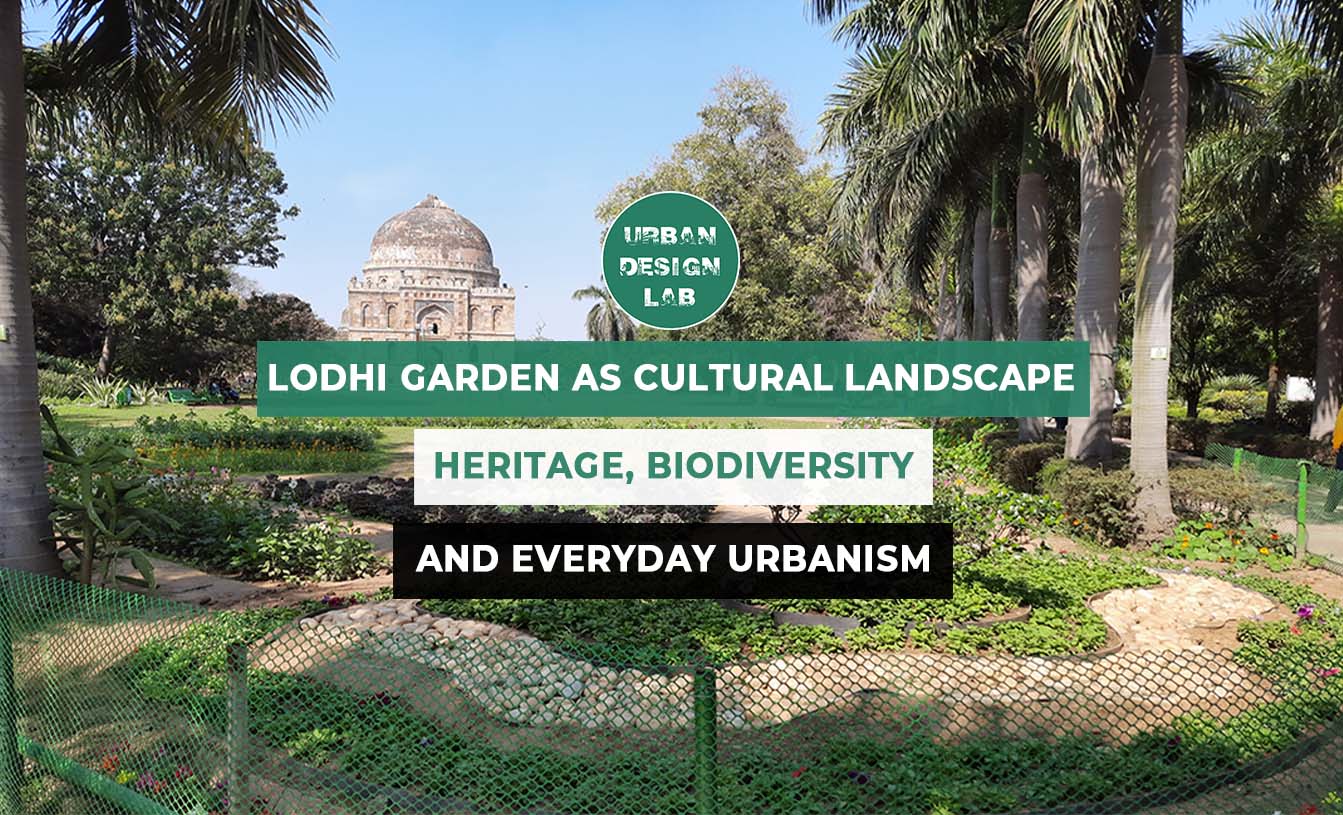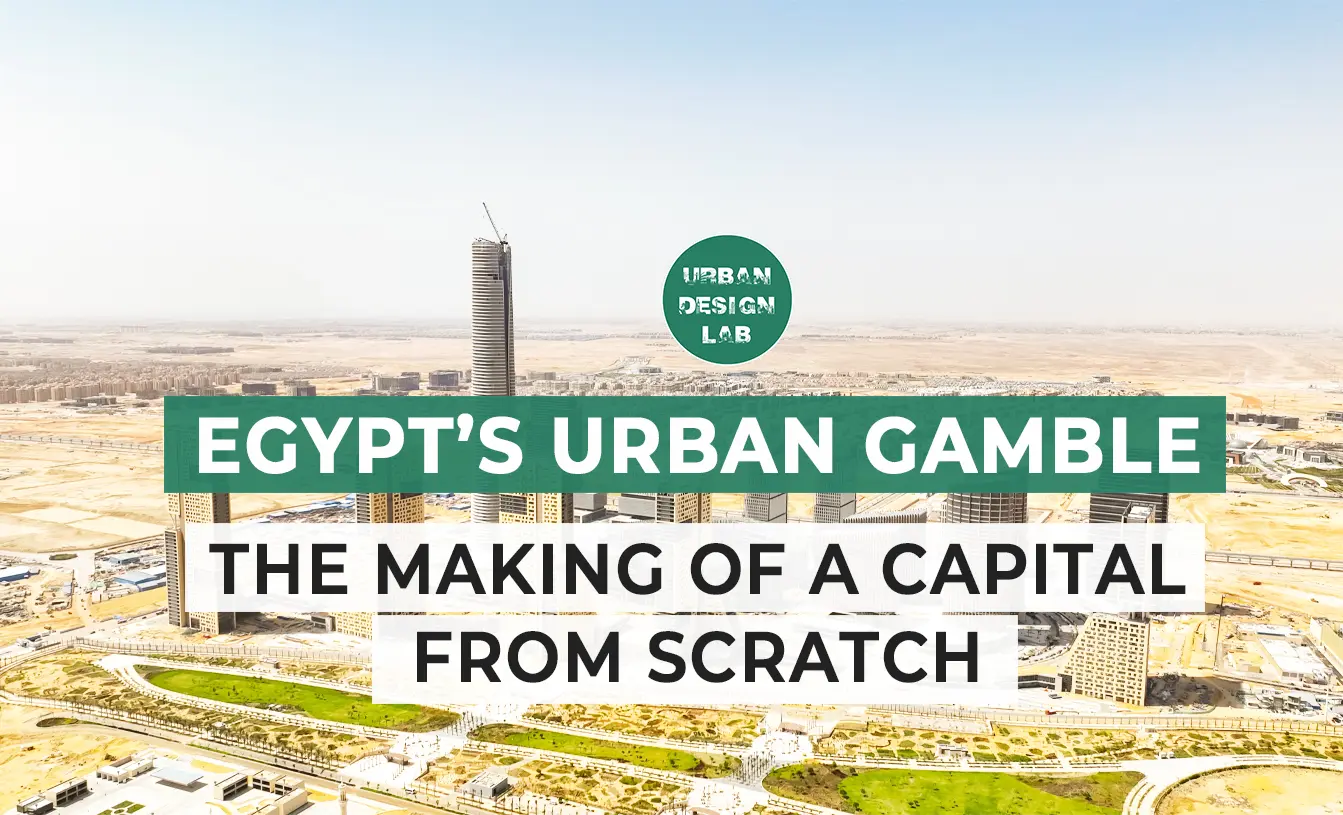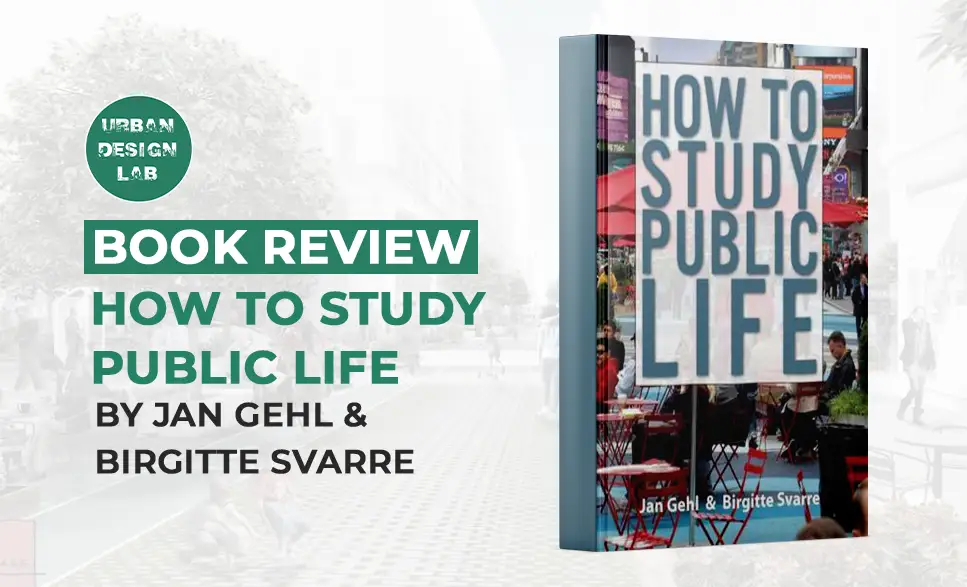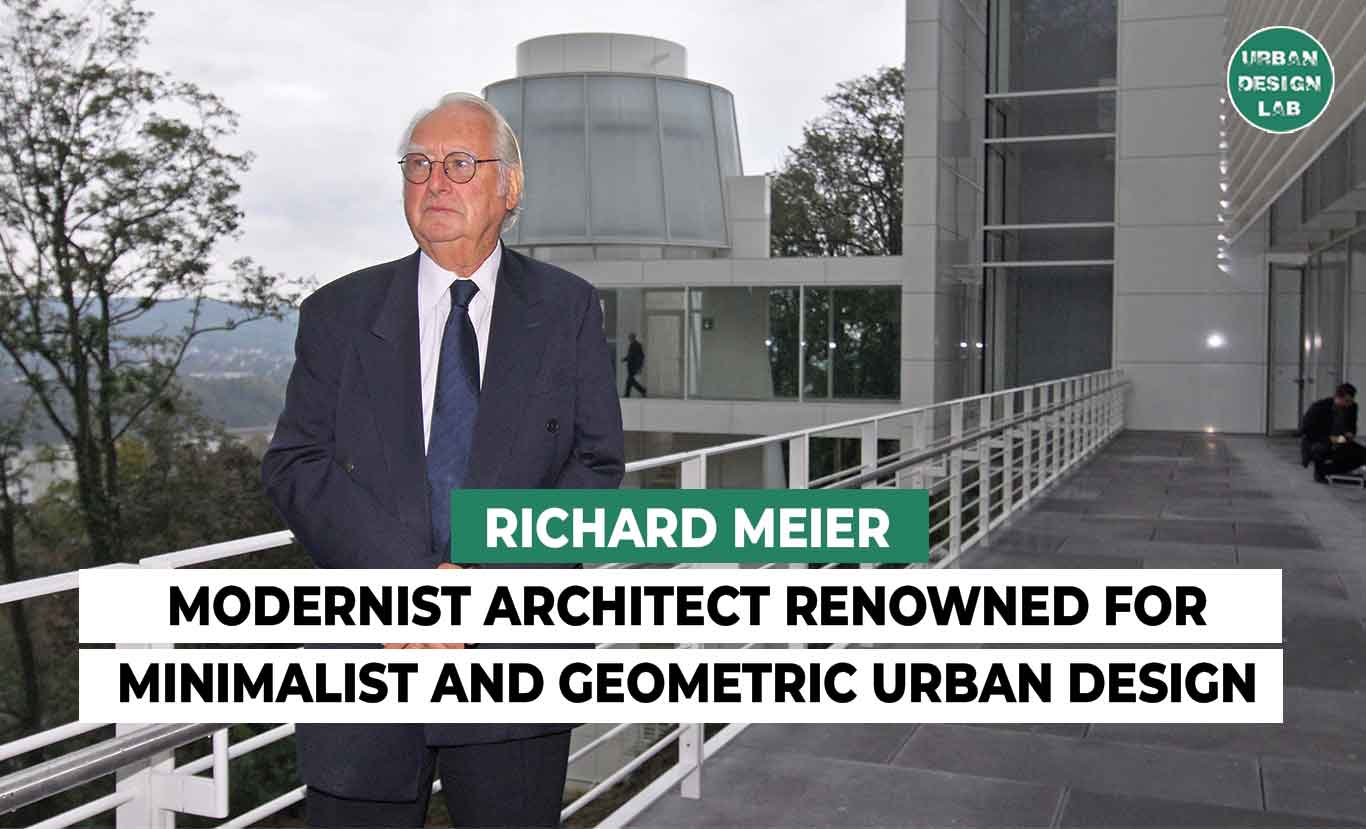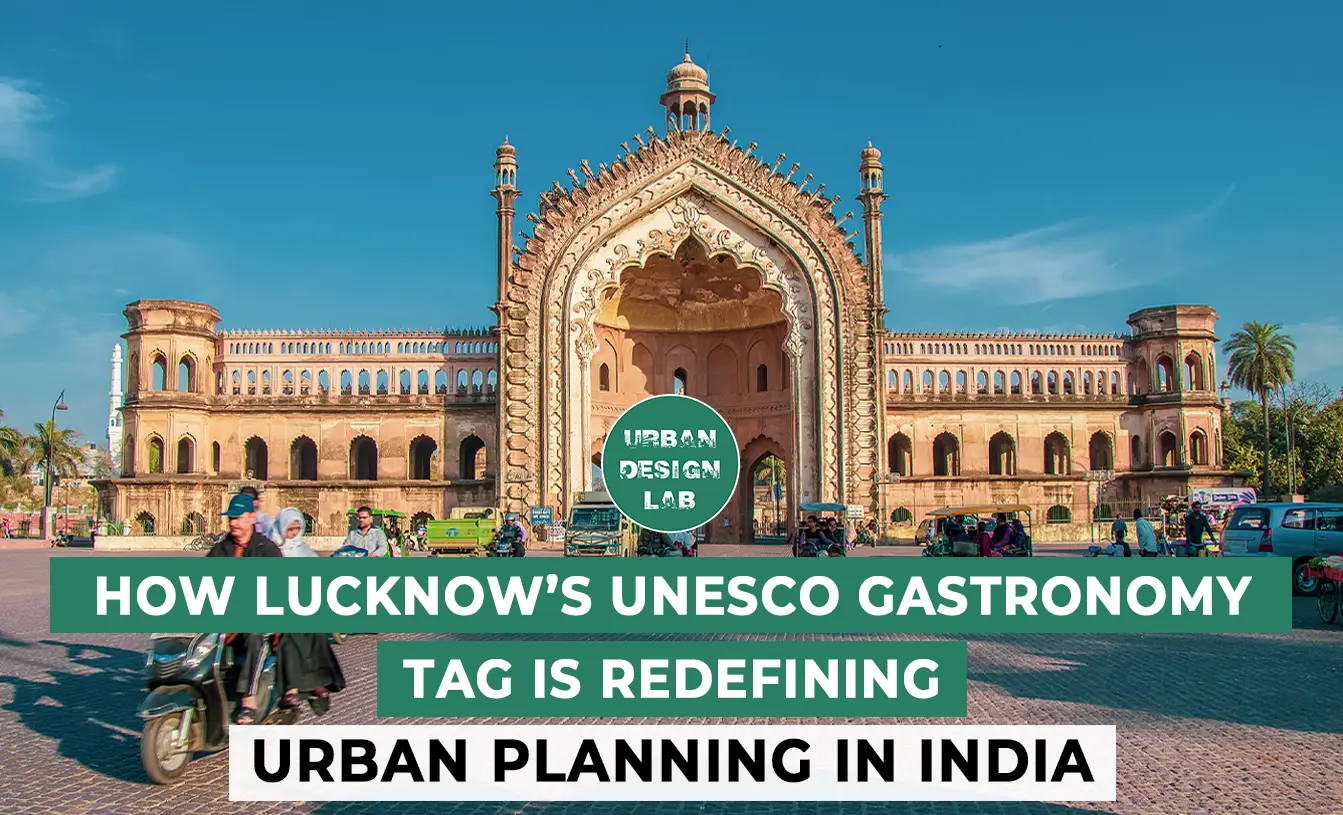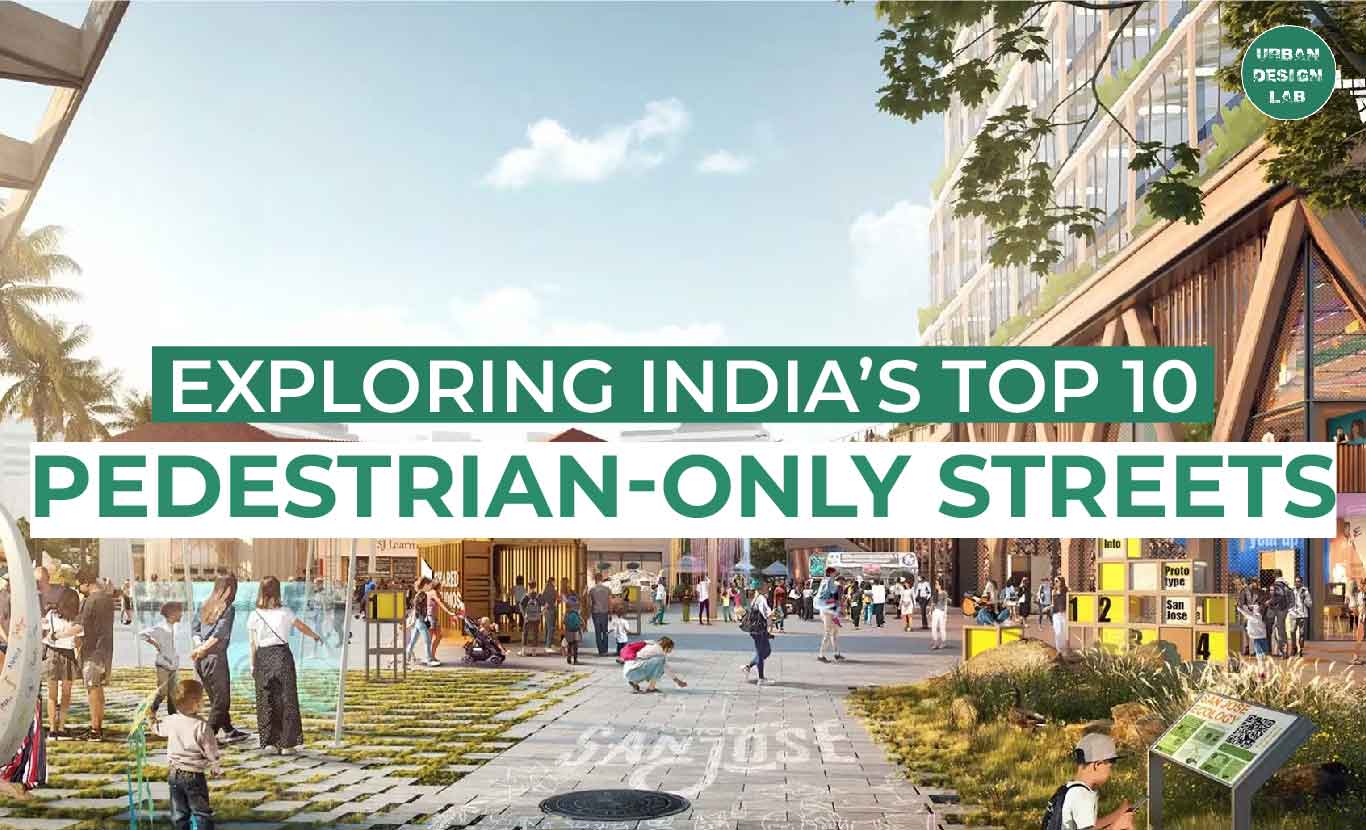
Feminist Urbanism Approach to Urban Planning
- No Comments
- Accessibility, BOJANA PALIFROVSKA, Collective Welfare, Community Engagement, Feminist Urbanism, Gender Equity, Gendered City, Holistic Approach, Inclusive Design, livable cities, Marginalized Groups, Participatory design, Patriarchy, Plaza de la Dignidad, public spaces, Social justice, Urban Planning, Vienna, Yugoslavian Socialism
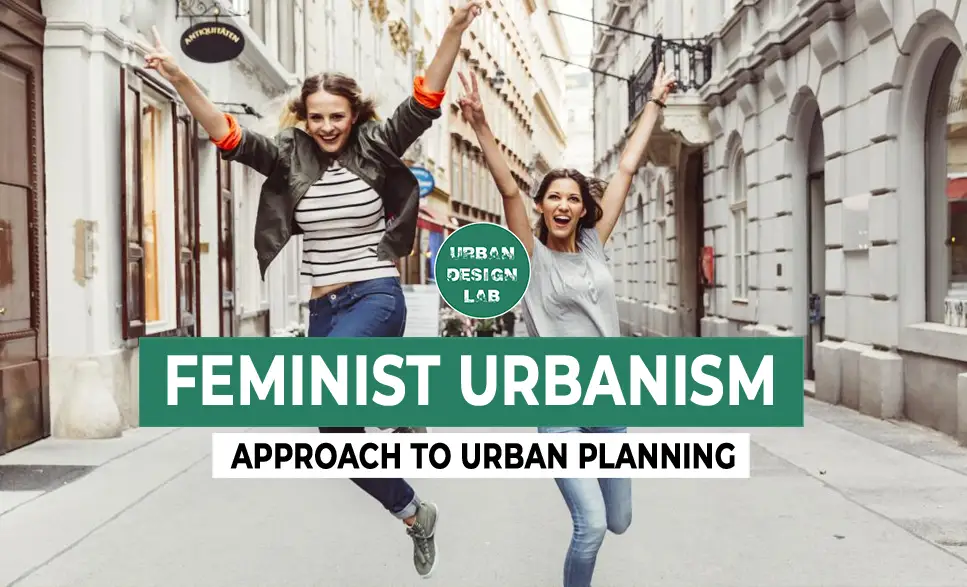
Feminist urbanism critiques traditional urban planning that often mirrors patriarchal values, resulting in cities designed primarily for economically productive, able-bodied individuals.. The following approach advocates a reimagining of urban spaces, emphasizing gender equality, inclusiveness, and sustainability. It highlights how patriarchal city planning tends to neglect the needs of non-dominant groups, creating environments that are inaccessible, unsafe, and disconnected from everyday lives.
Feminist urbanism proposes principles like diversity, inclusion, safety and community engagement, reshaping cities through holistic, equitable design. Initiatives in Vienna, such as the transformation of Mariahilfer Strasse into a pedestrian-friendly zone, show how feminist principles can enhance urban life. Additionally, the legacy of socialist Yugoslavia’s urban planning reflects the potential alignment between feminist goals and egalitarian, community-focused development.
Cities like Stockholm and Santiago, Chile, demonstrate how feminist urbanism can drive social equity by involving diverse communities in urban design processes. Feminist urbanism’s focus on intersectionality addresses overlapping identities, creating spaces that reflect the varied needs of urban populations. As cities face new social and environmental challenges, feminist urbanism offers a transformative vision for equitable, compassionate urban development, promoting collaborative, inclusive decision-making to create cities for all.
Feminist Perspectives for Inclusive Societies
Urban planning, often considered a neutral discipline when it comes to social issues such as gender discrimination, has historically been dominated by patriarchal perspectives. You might wonder why? If it is taken into account that the urban activity and narrative of the city is a physical structure created after the cultural, demographic, economic and social opinions of a nation, then to a large extent the attitudes, standards, customs and local tendencies and thoughts will necessarily be mirrored. in the design of the city structure.
Despite the patriarchal tendencies that are still omnipresent in the creation of public spaces, feminist urbanism as a counterthesis challenges this notion, advocating for a more inclusive approach in the urban planning of our cities. Feminist urbanism, at its core, advocates reimagining urban spaces through the lens of gender equality, taking into account the lived experiences of all space users in the fabric of cities cities (A feminist approach to urban planning is vital for the cities, n.d.). This approach aims to perform a critical evaluation of traditional urban planning paradigms and at the same time calls for a deep change towards the formation and multiplication of more inclusive, equitable and sustainable urban environments.
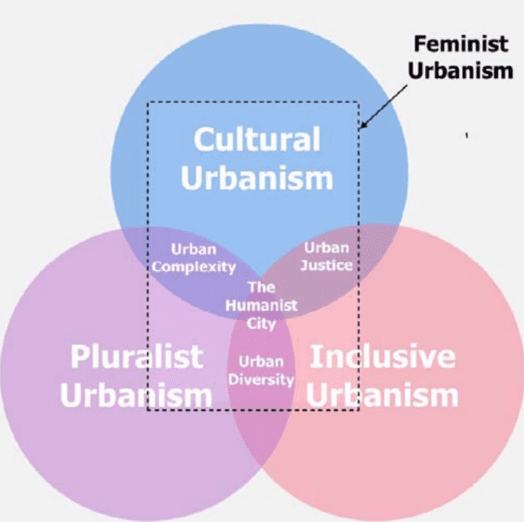
The Gendered City: The Legacy of Patriarchy
The very structure of our cities is a testament to the deep-rooted patriarchal values that have shaped urban development. Historically, urban spaces have very often been designed with principles such as economic productivity, often neglecting the needs of those who do not conform to the able-bodied, and economically productive archetype. The result is a gendered city, where public spaces, infrastructure and services are often designed in ways that disadvantage women, children, people with disabilities and other marginalized groups (Falú, 2024).
If we consider the example of Brasilia, a city created by Oscar Niemeyer and Lucio Costa, in the late 1950s. Hailed as a modernist masterpiece, Brasilia rose from the ashes to embody a new, rational approach to urban planning. However, its design is often criticized for its lack of human scale and failure to adapt to the daily lives of its inhabitants, especially women. The layout of the uses, and their segregation into split residential zones, significantly separated from the commercial and recreational zones, made it difficult for residents to carry out daily tasks without a car, disproportionately affecting women, children and the elderly who are more likely to rely on public transport. (Aldana, 2020).
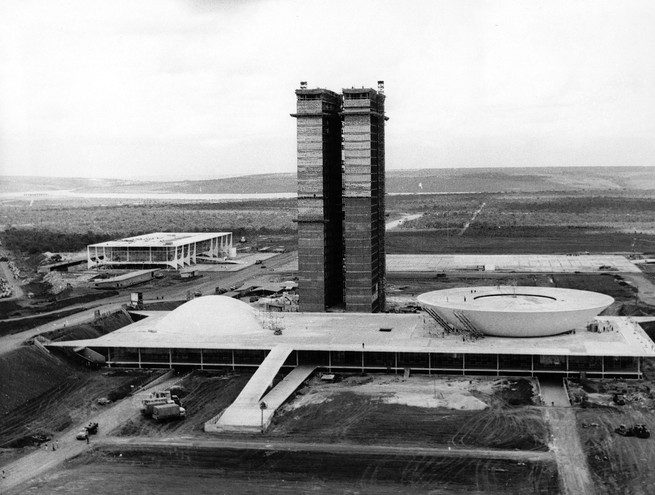
Source: Website Link
Feminist Critiques of Urban Planning Policies
Feminist urbanism very clearly and strongly proclaims the idea of taking into account the needs of women when building buildings and planning public spaces through a comprehensive approach – both physically and culturally. Feminist urbanism criticizes conventional approaches to urban planning that perpetuate these gender inequalities. He challenges the traditional focus on economic growth and efficiency, arguing that these priorities are often proclaimed and come to the fore at the expense of social justice and equality.
Feminist urbanists advocate a more holistic approach to urban planning—one that recognizes the diverse needs of all urban dwellers and strives to create spaces that are accessible, safe, and inclusive for everyone. (Valdivia & Escalante, 2024).
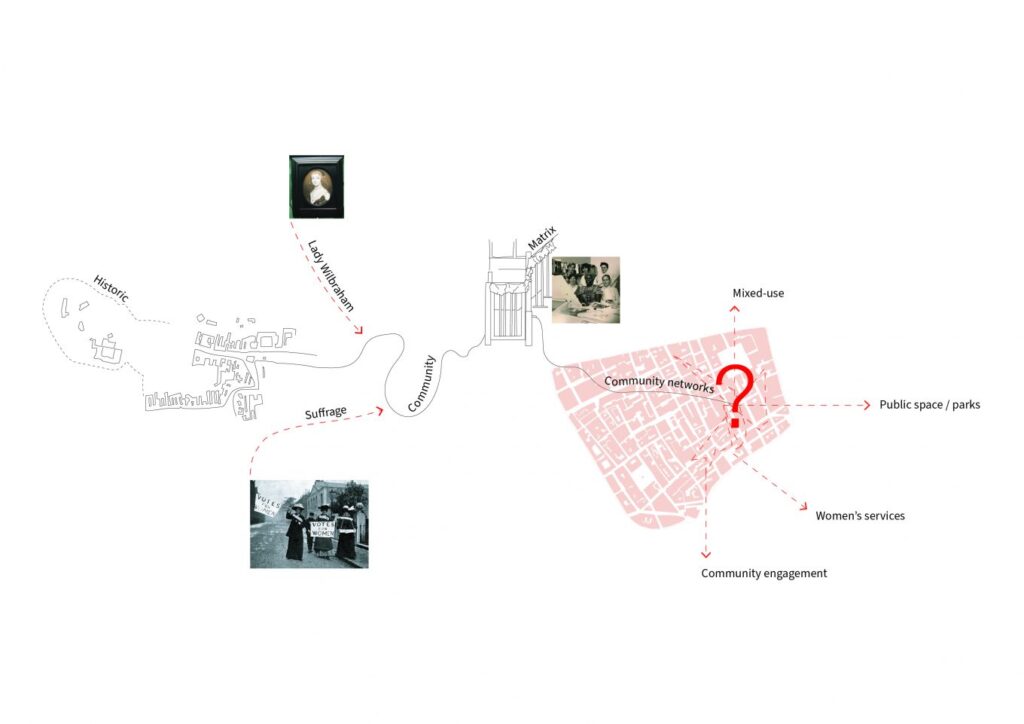
Principles of Feminist Urbanism
In the context of deepening and clarifying feminist city planning, it is crucial to dissect the essential principles on which urban policies will be based in the future, as well as for the application of plural urbanism for the reconstruction of already defined cores.
- Diversity and Inclusion: Recognizing and celebrating the diversity of urban populations in terms of gender, race, ethnicity, class, sexuality, ability and age. It involves creating spaces that are inclusive and accessible to all.
- Safety and Security: Creating safe environments, including the city’s actions to increase visibility, lighting and measures by controlling access to public spaces.
- Accessibility and Mobility: Providing safe and convenient modes of transportation that are accessible to all, including those with disabilities, older adults, and children.
- Economic Empowerment: Supporting the economic empowerment of women and marginalized groups through urban planning and design that promotes entrepreneurship and income-generating activities.
- Sustainable development: Implementation of sustainable and ecological practices for urban planning, while taking into account the specific needs of women and marginalized communities.
- Community Engagement: Encourage and encourage community participation and engagement in city planning and local policy making to ensure that their voices and perspectives are heard and incorporated into decision-making.
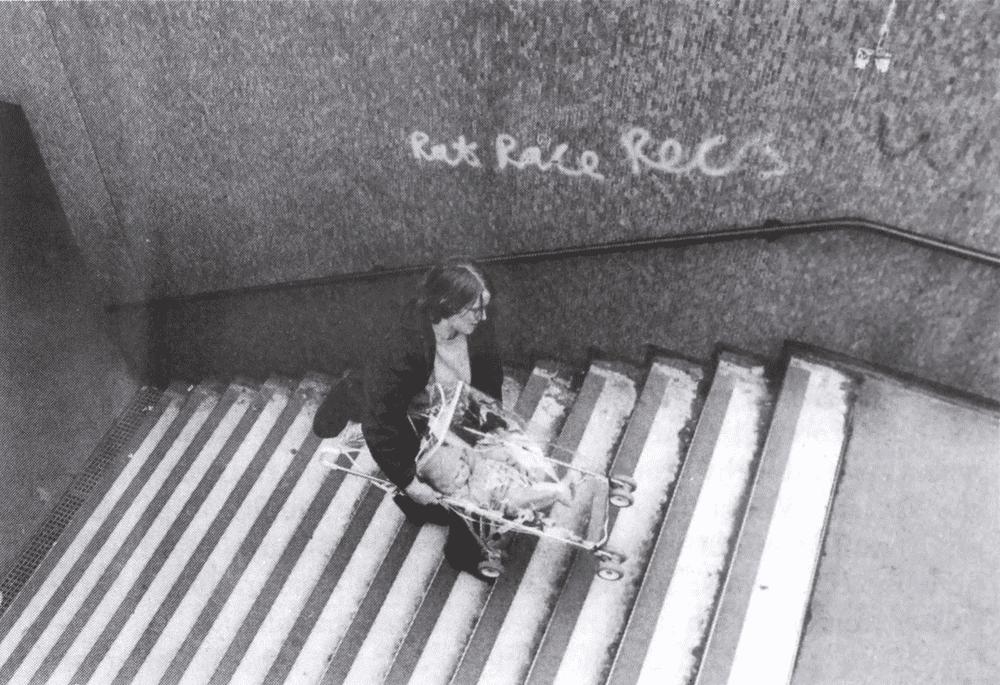
Politics of Feminist Approach to Urban Planning
One of the leading examples of urban transformation is precisely Vienna, where the principles of feminist urbanism have been successfully integrated into the urban tissue.
In the 1990s, the city undertook a series of projects aimed at making urban spaces more inclusive for women. One of them, is the redesign of Mariahilfer Strasse, the city’s main shopping street. This infrastructure artery has changed its character from a car-centric to a pedestrian-friendly zone, making it safer and more accessible for women, especially those with children. This project not only improved the quality of life of women, but also presented the urban quarter in a new guise, more attractive to all users, showing the benefits of feminist urbanism. The politics of applying a feminist approach in dealing with social issues mirrored in urban local sequences is often closely related to:
- Promoting economic equality by creating policies and programs that promote economic growth and development.
- Ensuring inclusiveness through the participation of different communities in the political process and making decisions that respond to the needs and concerns of all residents.
- Encouraging social cohesion by promoting inclusiveness, building social connections and creating safe and public spaces accessible to all.
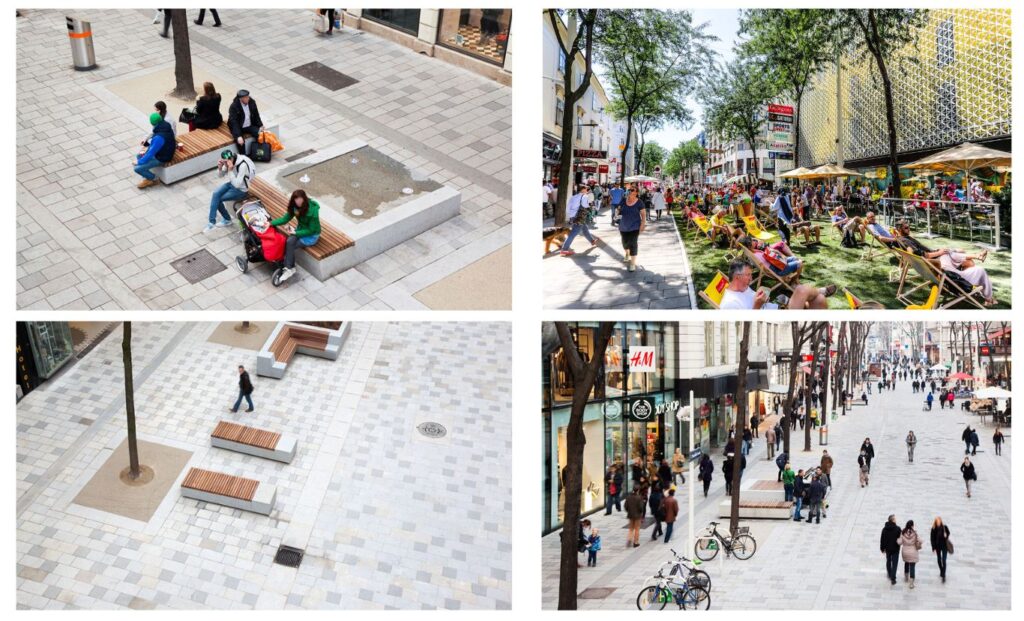
Yugoslavian Socialism and Feminist Urbanism
The relationship between socialist principles and feminist urbanism can be seen in urban planning strategies during socialist Yugoslavia, especially in the mid-20th century. Yugoslav socialism emphasized equality and collective welfare, which was reflected in the country’s urban planning and housing policies, especially for women. In Yugoslavia, they were encouraged to participate equally in the labor force, and the state provided extensive support for working mothers, including public childcare facilities and other communal services. (Feminist Urbanism – Danish Architecture Center – DAC, 2024).
Yugoslavia’s pattern of urban development is inversely proportional to the more individualistic, market-driven approaches seen in Western cities during the same period. Although not without its flaws, Yugoslav socialism provided a unique context in which the ideas of the 15 min neighborhood and the principles of feminist urbanism were born, especially in its emphasis on collective housing, the integration of work and family life, and the provision of public services that support equality. The legacy of these socialist urban planning practices can still be seen in the urban fabric of many former Yugoslav cities, where the layout and design of neighborhoods continue to reflect a commitment to social equality.

A Historical Correlation: The Case of Skopje, Macedonia
The case of Skopje, the capital of Macedonia, offers a convincing example of how socialist principles intersect with feminist urbanism. After the devastating earthquake in 1963, Skopje underwent a huge reconstruction effort led by an international team of architects and planners. The reconstruction plan aimed to transform Skopje into a modern, functional city that reflected socialist and modern ideals. The urban design of the city includes a dispersive system of mixed use central functions along the urban map of residential units, public spaces and social infrastructure, all aimed at supporting a collective way of life, embodying feminist urbanism’s principles of accessibility and inclusiveness. (Wikipedia contributors, 2024).
Although the planning efforts were not explicitly framed as feminist, they contributed to the creation of an urban environment that supported gender equality, demonstrating the potential for socialist urbanism to align with feminist goals. (Shah, 2024).
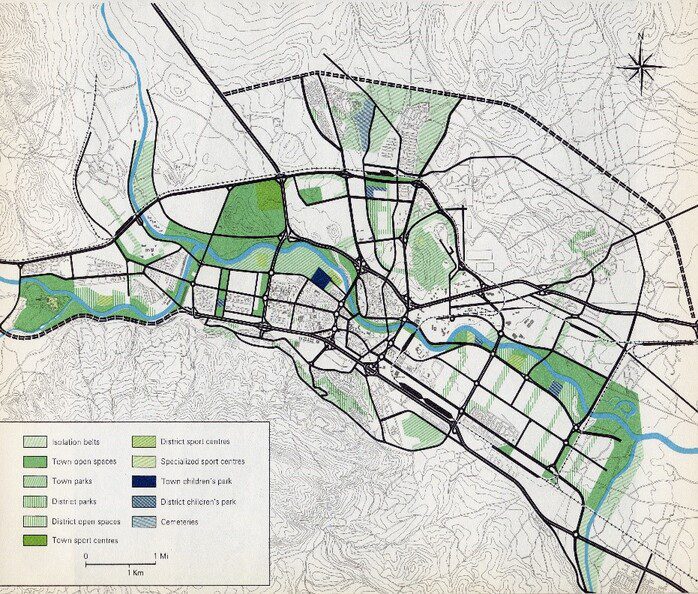
Designing for Social Equity: Redevelopment of Hammarby Sjöstad, Stockholm
The principles of feminist urbanism are grounded in the belief that cities should be designed to promote equality and social justice. This thesis requires a fundamental rethinking of the goals and priorities of contemporary urban planning. Rather than focusing only on economic growth and efficiency, feminist urbanism advocates for planning practices that prioritize social equity, sustainability, and the well-being of all urban dwellers.
Proof of this is the city’s urban planning department in Stockholm, Sweden, which implemented a program on “Gender Equality in Urban Development” that aims to create fairer urban environments. One of the key projects under this program is the reimagining of Hammarby Sjöstad, a former industrial area that has been transformed into a sustainable mixed-use neighborhood. The planning process for Hammarby Sjöstad involved extensive community engagement, with a particular focus on the active involvement of women in the decision-making process.
The result is a transformation of a city quarter that promotes pedestrian and bicycle infrastructure, foregrounds diverse public spaces, and integrates affordable housing—features that have made it a model for equitable urban development.
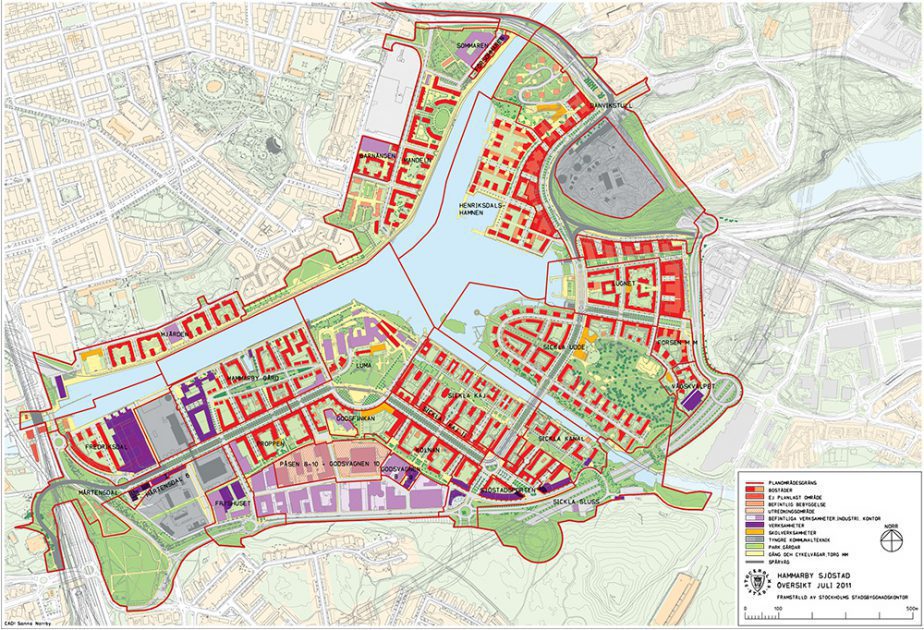
Intersectionality in Urban Planning: Redesign of Plaza de la Dignidad, Chile
Feminist urbanism also emphasizes the importance of intersectionality in the planning process. Intersectionality is the recognition that individuals have multiple, overlapping identities—such as gender, race, class, and sexuality—that shape their experiences of the urban environment. This means that the experiences of the urban space are not uniform, but partly depend on the cultural identity and the experiences of the different groups that use the space, who daily face different challenges and barriers to access in the public discourse.
An example of intersectional urban planning can be found in the redesign of the Plaza de la Dignidad in Santiago, Chile, following the social unrest of 2019. which includes a diverse range of community members, marginalized groups, etc. The resulting design has elements that reflect the cultural and social identities of these groups, such as traditional motifs and symbols of resistance, while also addressing practical needs, such as improved lighting and accessibility features. This project shows how intersectional feminist urbanism can create spaces that are not only inclusive, but also deeply reflective of the diverse communities they serve. (Youkhana & Hedayatiy, 2023).
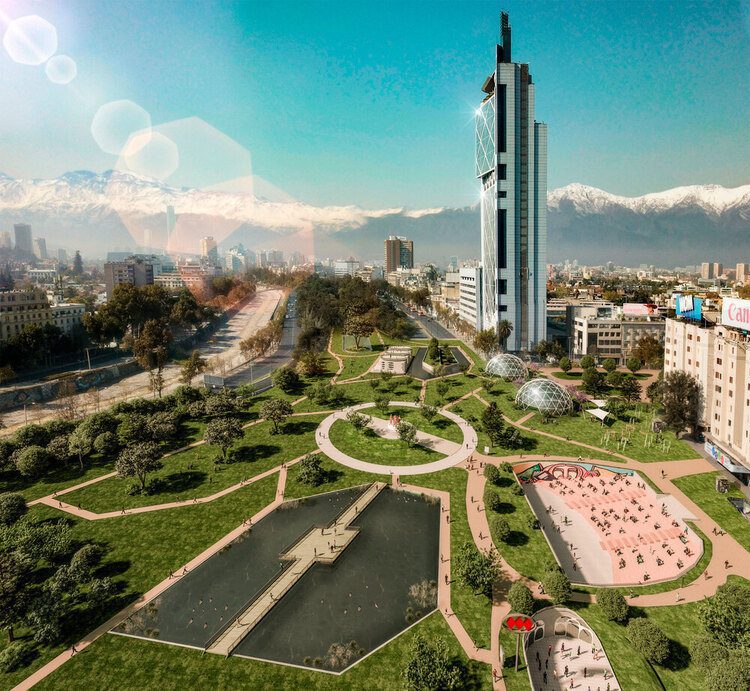
Moving Towards a Feminist Urban Future
The future of urban planning lies in its ability to adapt to the changing needs of the urban population and to respond to the social and environmental challenges of the new era. Undoubtedly, feminist urbanism is one mechanism for rethinking cities as spaces of equality, inclusion and sustainability. By centering the experiences and needs of women and other marginalized groups, feminist urbanists seek to create cities that are not only functional and efficient, but also just and compassionate.
The challenge now is to translate the principles of feminist urbanism into practice. This requires not only a change in the way urban planners think and approach their work, but also a commitment to meaningful engagement, changing established and sometimes questionable policies that have been generating unpleasant environments for decades. Urban planning must be broad-minded and aim beyond top-down technocratic approaches and embrace more collaborative, participatory processes that give voice to those who have historically been excluded from decision-making. (Falú, 2024).
These particular stories from cities across Europe show that these principles are not only theoretical, but can significantly contribute to tangible improvements in the urban experience for all social actors by generating spatial experiences that defy social injustice, segregation and duality.
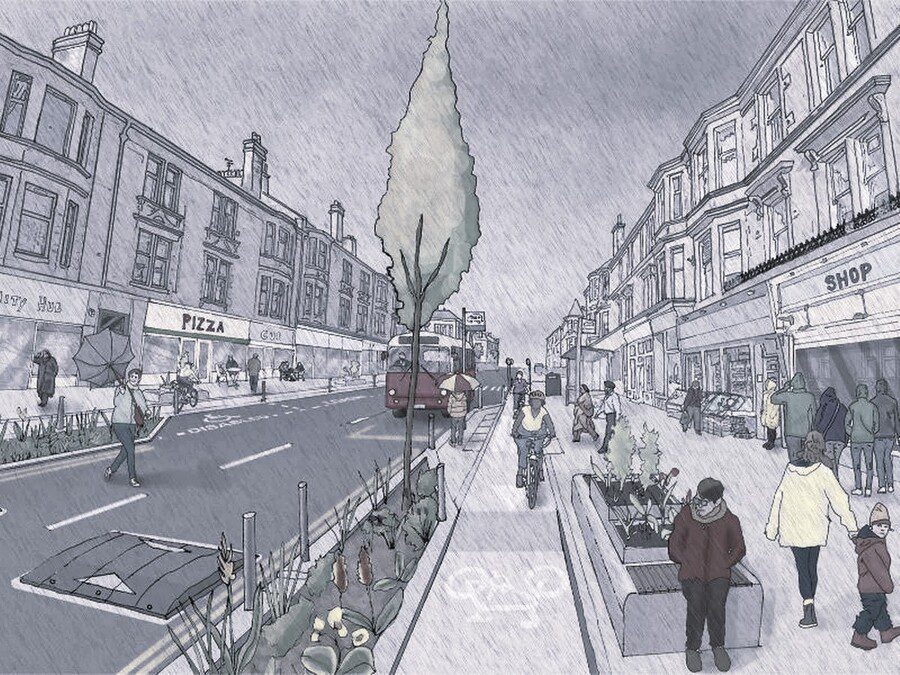
Conclusion
The future of urban planning lies in its ability to adapt to the changing needs of the urban population and to respond to the social and environmental challenges of the new era. Undoubtedly, feminist urbanism is one mechanism for rethinking cities as spaces of equality, inclusion and sustainability. By centering the experiences and needs of women and other marginalized groups, feminist urbanists seek to create cities that are not only functional and efficient, but also just and compassionate.
The challenge now is to translate the principles of feminist urbanism into practice. This requires not only a change in the way urban planners think and approach their work, but also a commitment to meaningful engagement, changing established and sometimes questionable policies that have been generating unpleasant environments for decades. Urban planning must be broad-minded and aim beyond top-down technocratic approaches and embrace more collaborative, participatory processes that give voice to those who have historically been excluded from decision-making. (Falú, 2024).
These particular stories from cities across Europe show that these principles are not only theoretical, but can significantly contribute to tangible improvements in the urban experience for all social actors by generating spatial experiences that defy social injustice, segregation and duality.
References
- A feminist approach to urban planning is vital for the future of cities. (n.d.). https://asia.fes.de/news/feminist-cities.html
- Aldana, T. D. (2020, May 19). How can feminist urbanism help build equal cities? | By Tamara Drove. CitiesToBe. https://www.citiestobe.com/feminist-urbanism-equal-cities-latin-america/
- Day, K. (2011). Companion to urban design (T. Banerjee & A. Loukaitou, Eds.; 2nd ed.). Routledge Taylor and Francis Group. https://www.researchgate.net/publication/270761831_Feminist_approaches_to_urban_design
- Falú, A. (2024, January 5). Feminist Urbanism – Confronting patriarchal living conditions in urban spaces. Urbanet.
- Feminist Urbanism – Danish Architecture Center – DAC. (2024, March 19). Danish Architecture Center – DAC.
- Frew, S. (2023, January 12). Feminist Urban Planning: How design Can make Cities safer and More accessible. Journal. https://architizer.com/blog/inspiration/stories/feminist-urban-planning-strategies/
- Shah, P. (2024, April 23). What does a feminist city look like? – Academy of Urbanism event summary. PREACH Inclusion.
- Valdivia, B., & Escalante, S. O. (2024). Feminist urban planning: women transforming territories through participatory In Edward Elgar Publishing (pp. 341–358).
- What is feminist urbanism? – Right to the city. (2020, May 12). Right to the City. https://www.right2city.org/news/espanol-que-es-el-urbanismo-feminista/
- Wikipedia contributors. (2024, July 6). Feminist urbanism. Wikipedia. https://en.wikipedia.org/wiki/Feminist_urbanism

Bojana Palifrovska
About the author
An innovative urban planner with six years of experience, dedicated to sustainable communities. Holding a Master’s in Architecture, she explores hybridity in spatial formation and new museology. As a specialist, she excels in policy analysis and community development. An urban activist and writer for Porta 3, she raises awareness of social issues in urban planning. As founder of Esquina Urbana, she merges environmental psychology and planning, advocating for enhanced urban mobility and endless bike lanes.
- Articles
- Accessibility, BOJANA PALIFROVSKA, Collective Welfare, Community Engagement, Feminist Urbanism, Gender Equity, Gendered City, Holistic Approach, Inclusive Design, livable cities, Marginalized Groups, Participatory design, Patriarchy, Plaza de la Dignidad, public spaces, Social justice, Urban Planning, Vienna, Yugoslavian Socialism
Related articles



History of Urban Planning in India
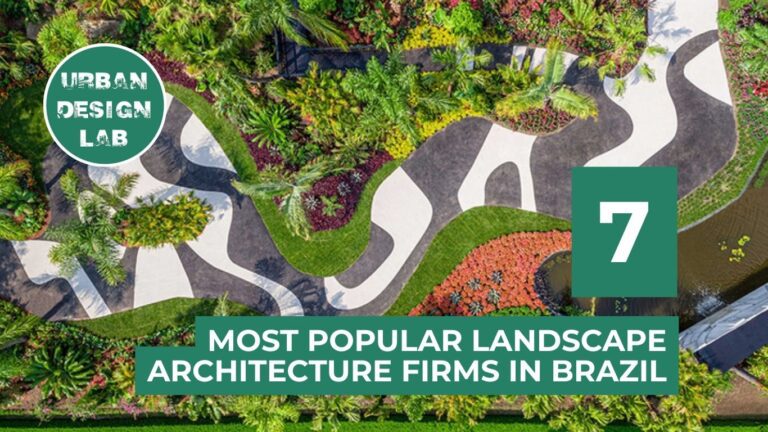
Top 7 Landscape Architecture Firms in Brazil You Should Know
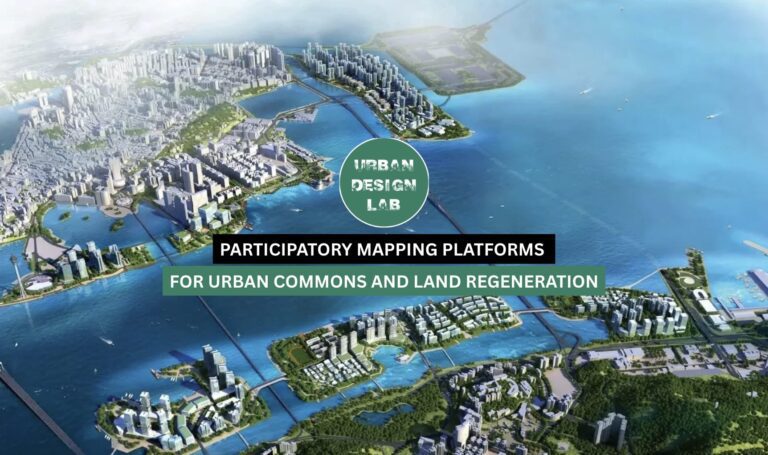
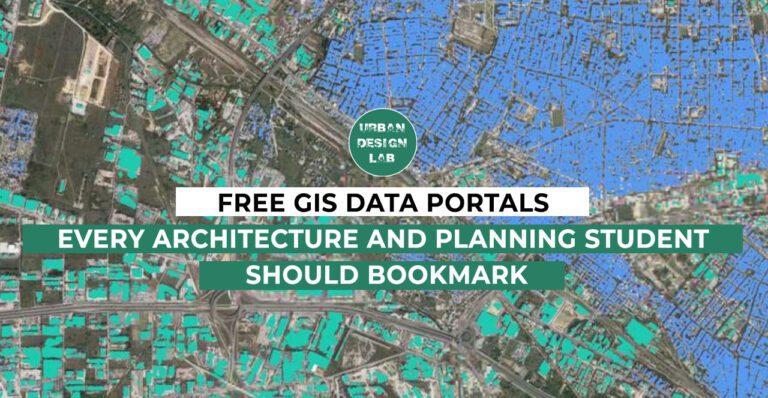
UDL GIS
Masterclass
Gis Made Easy- Learn to Map, Analyse and Transform Urban Futures
Session Dates
15th-19th December 2025

Urban Design Lab
Be the part of our Network
Stay updated on workshops, design tools, and calls for collaboration
Curating the best graduate thesis project globally!

Free E-Book
From thesis to Portfolio
A Guide to Convert Academic Work into a Professional Portfolio”
Recent Posts
- Article Posted:
- Article Posted:
- Article Posted:
- Article Posted:
- Article Posted:
- Article Posted:
- Article Posted:
- Article Posted:
- Article Posted:
Sign up for our Newsletter
“Let’s explore the new avenues of Urban environment together “

























